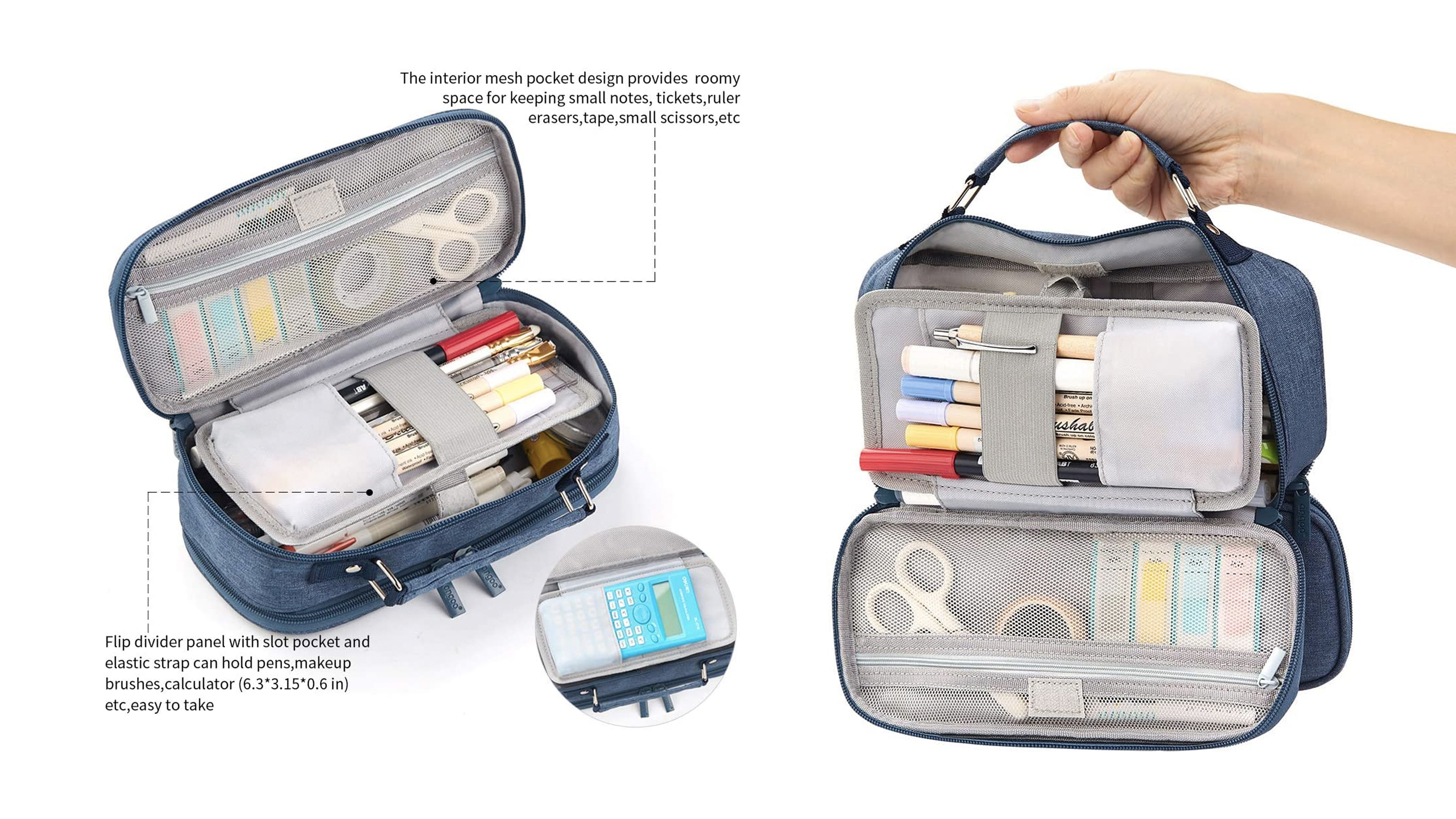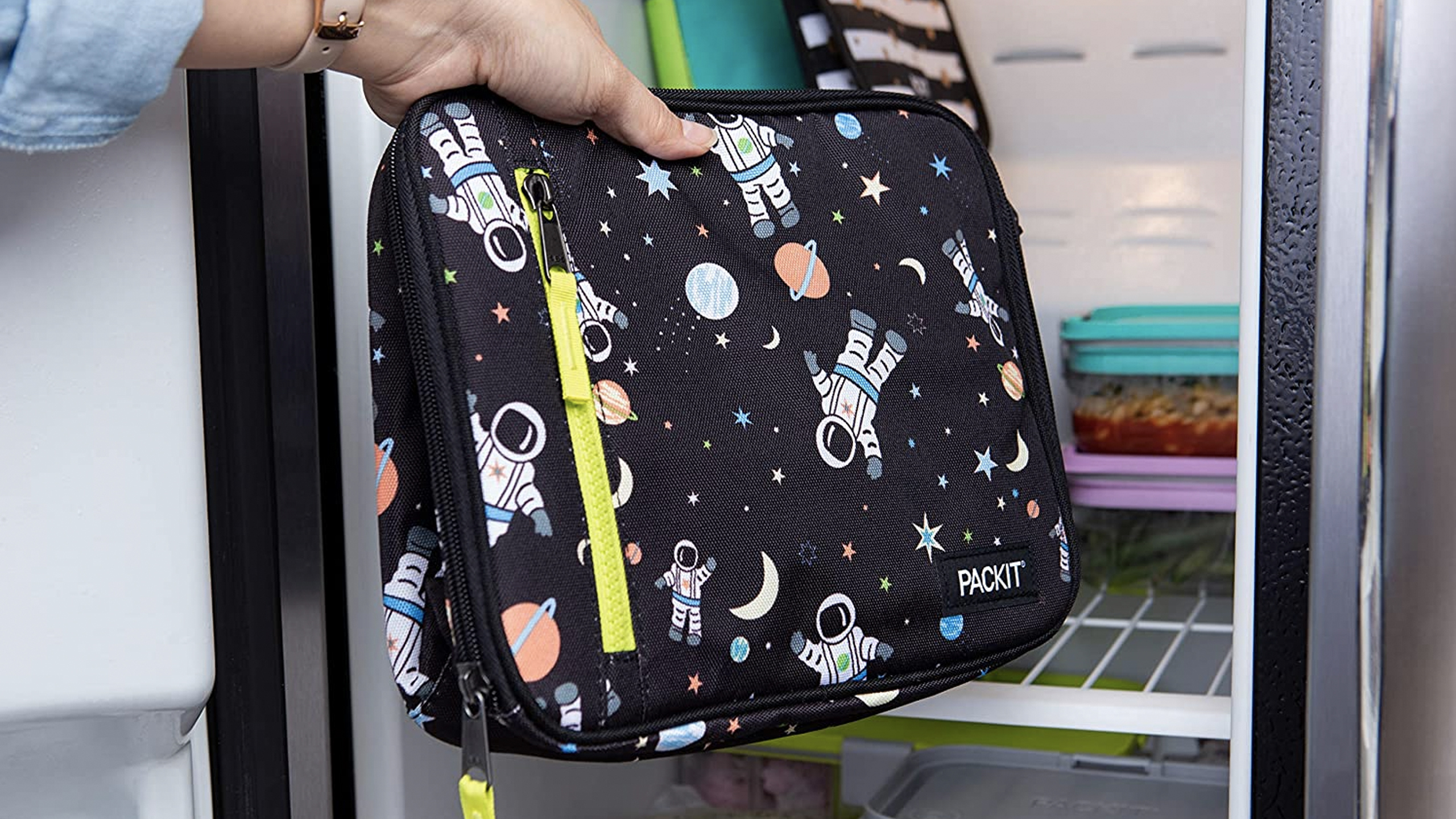Like health care personnel, police and firefighters, food service employees, and many others who have stayed at their posts during the coronavirus pandemic, teachers in schools all across America are to be thrust into the role of frontline worker as students return to class in the fall of 2020.
While a number of major school districts are staying remote for the fall semester, a lot of kids will be going back to school in person. That means teachers who may have been in all-but-total quarantine for the summer months will suddenly find themselves in classrooms (and hallways and cafeterias and bathrooms and gyms) with scores of kids, any of whom may be carrying the coronavirus without symptoms.
To stay safe as they perform their essential roles, teachers need more than masks, hand sanitizer, and spaced-out desks; what they need is masked kids, independent supplies, thorough hand-washing, respect for social distancing—in short, teachers need their students to fully appreciate the severity of the situation created by a return to school during the ongoing pandemic. While personal protective equipment can help reduce the chance of outbreaks in schools, according to the experts to whom we spoke, personal accountability will be worth much more than the PPE alone.
ADVERTISEMENT
Charmaine Pattinson, Founder and CEO of Plinkit, a leading online education guide for parents, said: “We encourage parents to empower their children with language they can use in a variety of settings, and to focus on key skills like being flexible, being kind and doing hard things. We also advise parents to talk openly with their children about their family expectations when socializing outside of the home. This will help normalize social practices when children are at school and among their friends independently.”
Pattinson adds that: “Essential skills include how to: maintain ‘space bubbles’; [how to] ask for help from a grown-up if they need (as there will be many new norms and children need to learn the difference between telling and tattling); and [to] be a kind friend (especially since children are not able to give their friends hugs). Practicing what to say and do at home will go a long way at school.”
Paige Hirsch, Chief Content Editor of Plinkit and a former elementary school teacher and administrator, said: “As a former teacher, one thing we often hope children will bring to school is a dose of independence and accountability, [and] having each of the items below empowers children to be independent learners and accountable for their materials. It’s important to hold children responsible for maintaining their work space at school. This helps children cultivate respect for the process of learning and their learning environment. Being organized is an important part of executive functioning, the set of cognitive skills that guide us successfully through life.”
Hirsh recommends kids bring:

“Bring your own supplies to minimize sharing materials,” Hirsh says. This case has enough capacity for all of the school supplies kids will need in most any grade, and its built-in pockets, dividers, and straps can help a student stay organized throughout the day with the need for support from a teacher.

For older kids who need plenty of water for their larger and still growing bodies, this 20 ounce water bottle is perfect for “minimizing refills and coming in contact with surfaces during refills,” says Hirsch. And it packs down to the size of a small coffee mug when not in use, perfect for students who hop on the bus or a train to commute.

“Use this novel built-in cooling bag for snack and lunch time to eliminate the need for ice and gel packs that may touch multiple surfaces,” says Hirsch. If your kids have the option to bring their own food, that’s a great way to minimize exposure risk during a time when they have to be unmasked to eat.
These basic supplies will help kids maintain distance from teachers and other school staff, minimizing the chance for spreading sickness. But it’s really more about mindset than anything else, according to Chris Byrne, childhood play and development expert better known as The Toy Guy.
“I’ve talked to [teachers],” says Byrne, “and the thing they seem most to be hoping for is that everyone will play by the rules for everyone’s sake. What they’re hoping they can find is kids who already know the basics—masks, hand-washing, social distancing—and that they can make it an adventure. And that they can understand that everyone is in it together.
“This is a double-edged proposition for the younger grades especially. These kids tend to like rules and respond to them very well. At the same time, they forget and the exuberance at being with one another may make it a little tougher.”
Schools may well crash back into remote mode mere days into the fall 2020 semester. The only way to prevent that will be parents being serious about preparing, kids falling in line and teachers staying safe.
Scouted selects products independently and prices reflect what was available at the time of publish. Sign up for our newsletter for more recommendations and check out our coupon site for more deals. If you buy something from our posts, we may earn a small commission.






